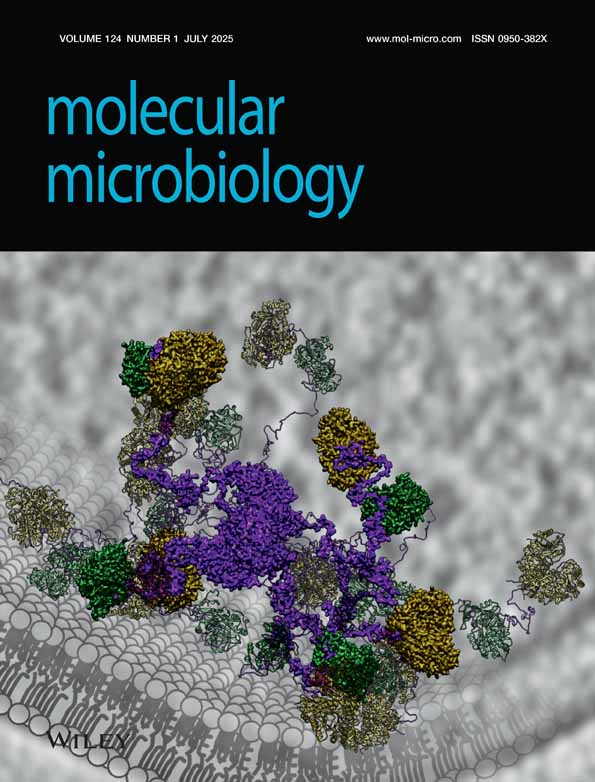Glucose repression affects ion homeostasis in yeast through the regulation of the stress-activated ENA1 gene
Abstract
In this report we show that the ENA1/PMR2A gene is under glucose repression. The SNF1 protein kinase, acting independently from the HOG and calcineurin pathways, is essential to release ENA1 from glucose repression. The transcriptional repressor Ssn6p negatively regulates ENA1 expression and, like other glucose repressible genes, this repression is mediated in part by Mig1p. Deletion of a fragment from the ENA1 promoter that includes two Mig1p consensus binding sites gives a high level of expression in glucose without added salt. We suggest that regulation of ENA1 by the SNF1 pathway could be part of a general mechanism through which yeast cells respond to carbon source starvation by activating protective systems against different types of stress.




